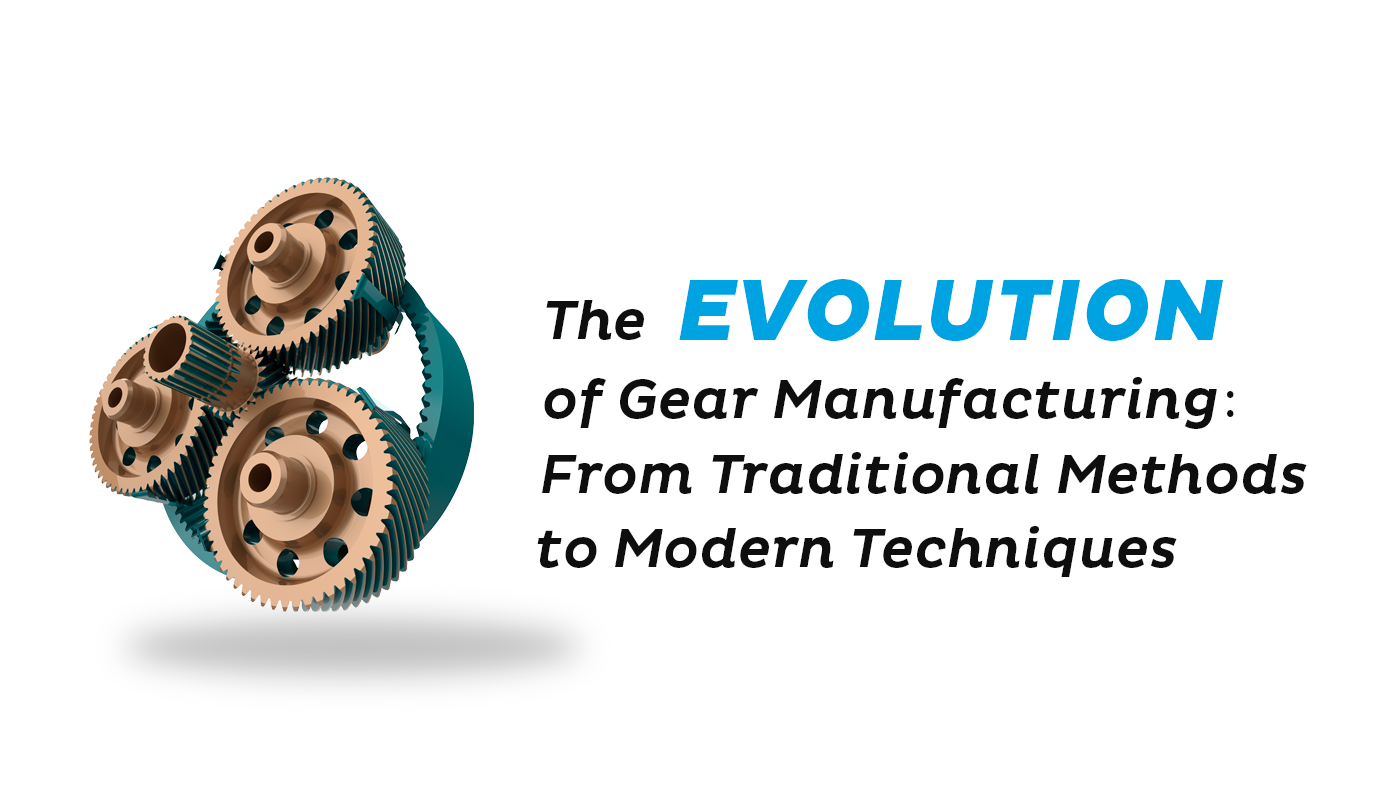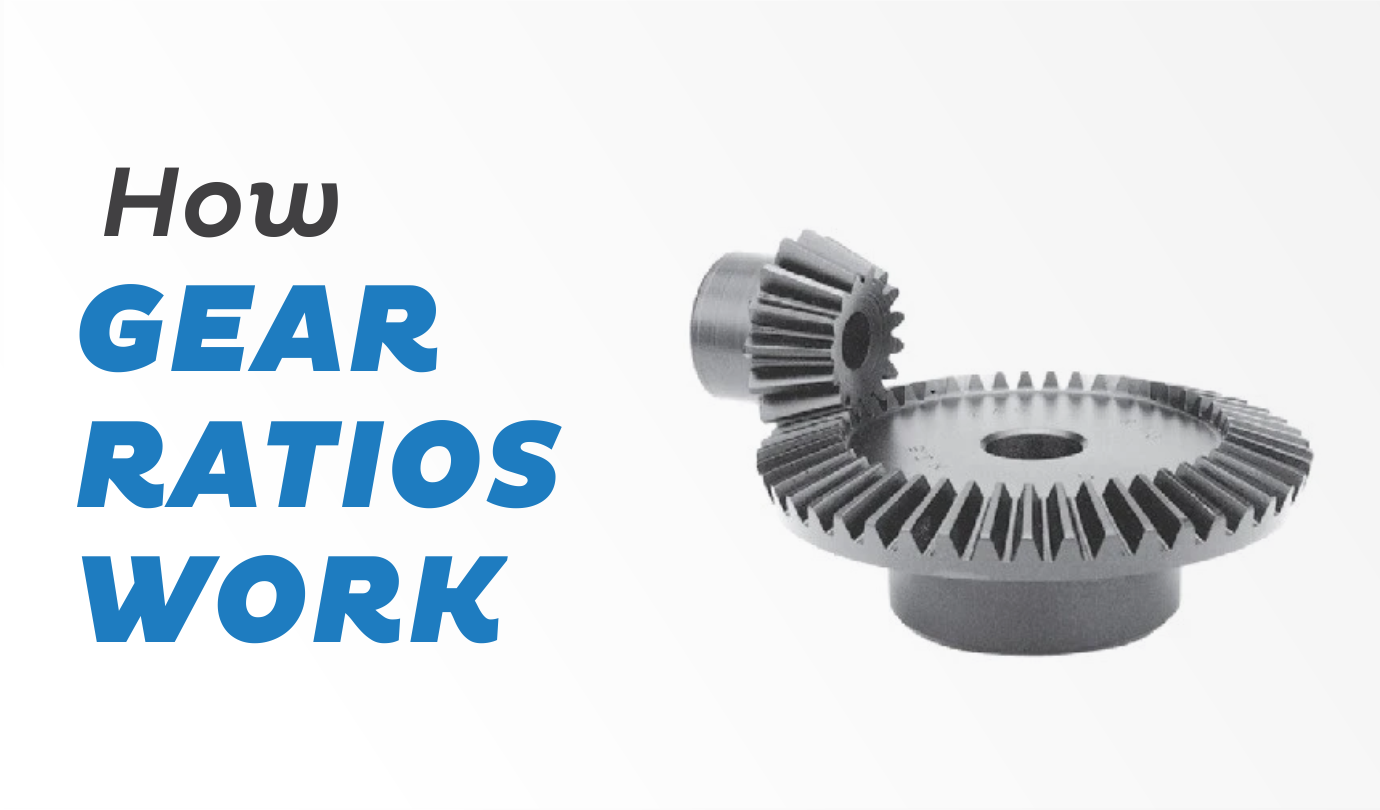Gears have been pivotal components in machinery since ancient times, driving innovation and enabling complex mechanical operations. From the earliest wooden mechanisms to today’s precision-engineered metal gears, the evolution of gear manufacturing is a fascinating journey through human ingenuity and technological advancement. This blog explores the history of gear manufacturing and how it has evolved over time, highlighting key milestones and the impact of modern techniques.
Ancient Beginnings: The Birth of Gears
The concept of gears dates back to around 300 BCE in ancient Greece, where the mathematician Archimedes is believed to have conceptualized the use of interlocking gears. Early gears were made of wood and utilized simple teeth designs. These gears were primarily used in water-lifting devices and other basic mechanical systems.
One of the earliest known examples of gears in practical use is the Antikythera mechanism, an ancient Greek analog computer dating back to around 100 BCE. This device used a complex system of bronze gears to predict astronomical positions and eclipses, showcasing an advanced understanding of gear mechanics.
Medieval Advancements: Metalworking and Mechanization
During the medieval period, significant advancements were made in the field of gear manufacturing. The transition from wooden to metal gears marked a critical development, driven by the need for more durable and reliable components in machinery such as windmills, watermills, and clockworks.
The invention of the mechanical clock in the 13th century exemplified the growing sophistication of gear mechanisms. These clocks featured intricate gear trains made of brass or iron, demonstrating improved precision and durability. The medieval period also saw the development of the first gear-cutting machines, which allowed for more uniform and accurately shaped gear teeth.
The Industrial Revolution: A Quantum Leap
The Industrial Revolution, spanning from the late 18th to the early 19th century, brought about transformative changes in gear manufacturing. The rise of steam engines, textile machinery, and other industrial equipment necessitated the mass production of high-quality gears.
One of the pivotal innovations of this era was the introduction of interchangeable parts and standardized gear sizes. This standardization enabled gears to be produced more efficiently and cheaply. The development of milling machines and lathes further revolutionized gear manufacturing, allowing for precise and repeatable production processes.
During this period, the use of hardened steel for gears became more prevalent, significantly enhancing their strength and wear resistance. Heat treatment processes, such as carburizing and quenching, were introduced to improve the mechanical properties of gears, ensuring their reliability in demanding industrial applications.
The 20th Century: Precision Engineering and Automation
The 20th century witnessed unprecedented advancements in gear manufacturing, driven by the needs of burgeoning industries such as automotive, aerospace, and defense. Precision engineering became the hallmark of gear production, with manufacturers striving for ever-greater accuracy and consistency.
The advent of numerical control (NC) and computer numerical control (CNC) machines in the mid-20th century marked a significant milestone. CNC machines allowed for the automated and highly precise cutting of gear teeth, drastically reducing production time and minimizing human error. These machines used computer programs to control the movement of cutting tools, ensuring the exact specifications of each gear were met consistently.
Gear manufacturing also benefited from advances in material science. The development of high-strength alloy steels and the introduction of new heat treatment techniques, such as induction hardening and vacuum carburizing, enhanced the performance and longevity of gears. Surface treatments, like nitriding and phosphating, further improved the wear resistance and corrosion protection of gears.
The Modern Era: Cutting-Edge Technologies
Today, gear manufacturing stands at the forefront of technological innovation, leveraging cutting-edge techniques and materials to meet the demands of a rapidly evolving industrial landscape. Modern gear manufacturing combines traditional craftsmanship with advanced technologies to produce gears that are stronger, more precise, and more efficient than ever before.
CNC Machining and Robotics
CNC machining remains a cornerstone of modern gear manufacturing, enabling the production of highly complex and accurate gear geometries. The integration of robotics into CNC systems has further enhanced automation, allowing for continuous and unattended operation. This has significantly increased production efficiency and reduced costs.
Additive Manufacturing
Additive manufacturing, or 3D printing, is revolutionizing gear production by enabling the creation of complex and customized gear designs that were previously impossible to manufacture. 3D printing allows for the rapid prototyping of gears, reducing development time and enabling quick iterations. While currently more common in prototyping and small-scale production, advancements in additive manufacturing technologies are paving the way for their wider adoption in mass production.
Advanced Materials
The development of new materials, such as composite materials and advanced ceramics, is expanding the possibilities for gear manufacturing. These materials offer unique properties, such as high strength-to-weight ratios and exceptional wear resistance, making them ideal for specific applications. For example, ceramic gears are being explored for use in high-temperature environments where traditional metal gears would fail.
Precision Metrology
Modern gear manufacturing relies heavily on precision metrology to ensure the highest standards of quality. Advanced measurement techniques, such as coordinate measuring machines (CMMs) and laser scanning, allow for the accurate assessment of gear dimensions and surface finishes. This ensures that each gear meets the required specifications and performs optimally in its intended application.
Sustainable Practices
As sustainability becomes a growing concern, gear manufacturers are adopting eco-friendly practices to minimize their environmental impact. This includes using recyclable materials, reducing waste through efficient manufacturing processes, and implementing energy-saving measures in production facilities. Sustainable practices not only benefit the environment but also enhance the long-term viability of the gear manufacturing industry.
Conclusion
The evolution of gear manufacturing is a testament to human ingenuity and the relentless pursuit of progress. From the rudimentary wooden gears of ancient times to the precision-engineered metal gears of today, the journey has been marked by continuous innovation and technological advancement.
Modern gear manufacturing stands at the intersection of traditional craftsmanship and cutting-edge technology, poised to meet the challenges of an ever-changing industrial landscape. As we look to the future, the ongoing development of new materials, manufacturing techniques, and sustainable practices will undoubtedly shape the next chapter in the fascinating history of gear manufacturing.













